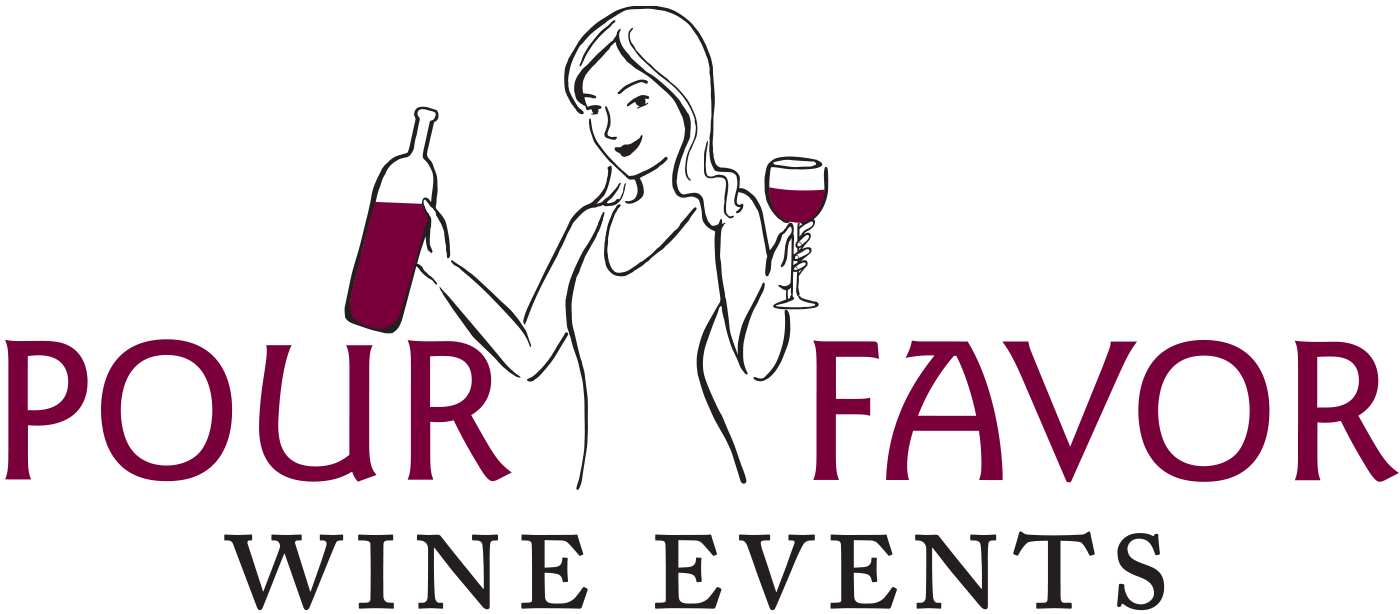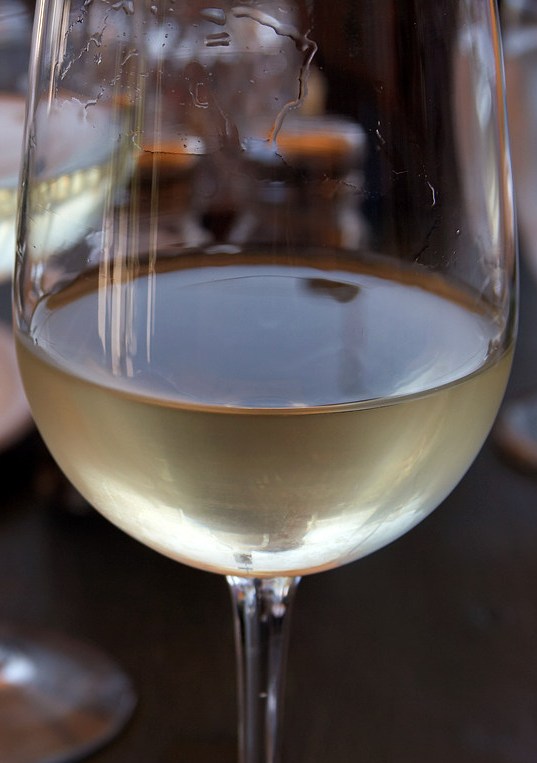 You may have seen one of the fairly recent articles written on the Project Genome wine study arranged by Constellation Wines, U.S.. As far as I can tell, the goals of the project are: first, help retailers and restaurateurs understand where wine consumers are coming from (you know, in terms of their head space or gut when they go to make a purchase); and second, use that information to make their wine-buying experience a bit more user-friendly. I like the idea... in theory.
The initial study (of two) considered what motivated (3500) wine consumers. The researchers were able to group folks into one of six categories: Enthusiasts (12%); Satisfied Sippers (14%); Savvy Shoppers (15%); Traditionalists (16%); Image-Seekers (20%); and Overwhelmed (23%).
You may have seen one of the fairly recent articles written on the Project Genome wine study arranged by Constellation Wines, U.S.. As far as I can tell, the goals of the project are: first, help retailers and restaurateurs understand where wine consumers are coming from (you know, in terms of their head space or gut when they go to make a purchase); and second, use that information to make their wine-buying experience a bit more user-friendly. I like the idea... in theory.
The initial study (of two) considered what motivated (3500) wine consumers. The researchers were able to group folks into one of six categories: Enthusiasts (12%); Satisfied Sippers (14%); Savvy Shoppers (15%); Traditionalists (16%); Image-Seekers (20%); and Overwhelmed (23%).
I am dying to know what questions they asked and how they came up with these various categories et. al.. I'm also curious how consumers who aren't thinking about wine 24-7 feel about them (hence my post!). For me, they don't really work, both in terms of myself and in terms of the folks I chat with at the shop and during my tastings.
Nevertheless, a lot of hoopla has resulted because the largest consumer group (23%) fell into the "overwhelmed" category. These folks are said to be those that like to drink wine but rely on information readily available when they go to make their purchase. If no such information is available - in print or through a knowledgeable store clerk/sommelier/waiter - they get flustered and flee.
It seems everyone (in the media) is talking about using this 23% to leverage some kind of revolution in wine accessibility. The idea is that if we (in the industry) tell you what a wine is going to taste like, you'll be a happier, more savvy shopper. In theory, they may be on to something. But my experience tells me that you can't just tell someone what a wine will taste like, in person or on a shelf-talker or by giving it 90+ points. Wine is history. Wine is local culture, flavors, cuisine, terroir, and varietals. Wine is an art. And, wine is a very personal, individual experience. That's what makes it special.
As Alice Feiring says, otherwise "wine would be another beverage, a soft drink, something you could flick a switch and come out of a faucet."
My advice? If you're new to this game or stuck in a rut or find yourself overwhelmed, pull yourself up by your boot straps, grab a bottle and then taste, discuss and even Google it! Just be sure to savor the full experience of it!
Do you find yourself often "overwhelmed"? How would you characterize your buying?


 Were you one of the many Boston-area
Were you one of the many Boston-area  As we were putting up more "shelf talkers" the other day in the shop, I started thinking about my earliest adventures wandering around my local wine shop. I was too self-conscious to ask for help but I kept seeing all of these "cute" little info cards popping up along the shelf edge "talking" about the wine. They would give wine notes like:
As we were putting up more "shelf talkers" the other day in the shop, I started thinking about my earliest adventures wandering around my local wine shop. I was too self-conscious to ask for help but I kept seeing all of these "cute" little info cards popping up along the shelf edge "talking" about the wine. They would give wine notes like: In part I'm inspired by last week's discussion on
In part I'm inspired by last week's discussion on